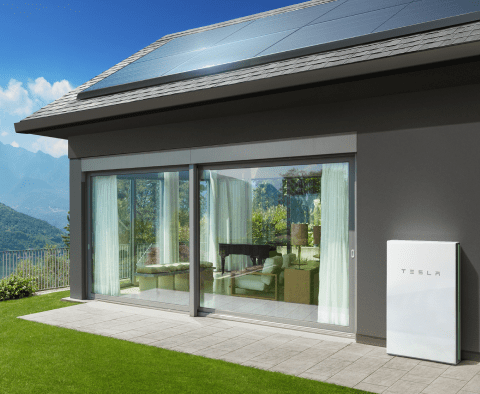

Over time, technology improves, which drives equipment costs down. But as years pass, raw commodities become scarcer, which drives equipment costs up.
Labor shortages increase installation costs, while federal, state and local rebates and incentives help you break even sooner.
Rising electricity rates and the availability of rebates pose the question of timing.
The bottom line: there are numerous factors that impact the cost and benefits of installing solar and battery storage. It’s a big decision that requires research and due diligence. However, in the right conditions, this investment can lead to significant long-term savings and allow your home to run on energy from the sun, even during a grid outage.
In This Article
The Limitations of a Solar-Only System
Trends to Expect in 2024 and Beyond
Severe Weather Events Are Picking Up
More Utilities are Adopting Time-Based Rates
Renewed Enthusiasm for Solar Leases and PPAs
Local Rebates, Incentives and Policies Change Frequently
Electricity Rates Will Only Stabilize and Increase Over Time
The Limitations of a Solar-Only System
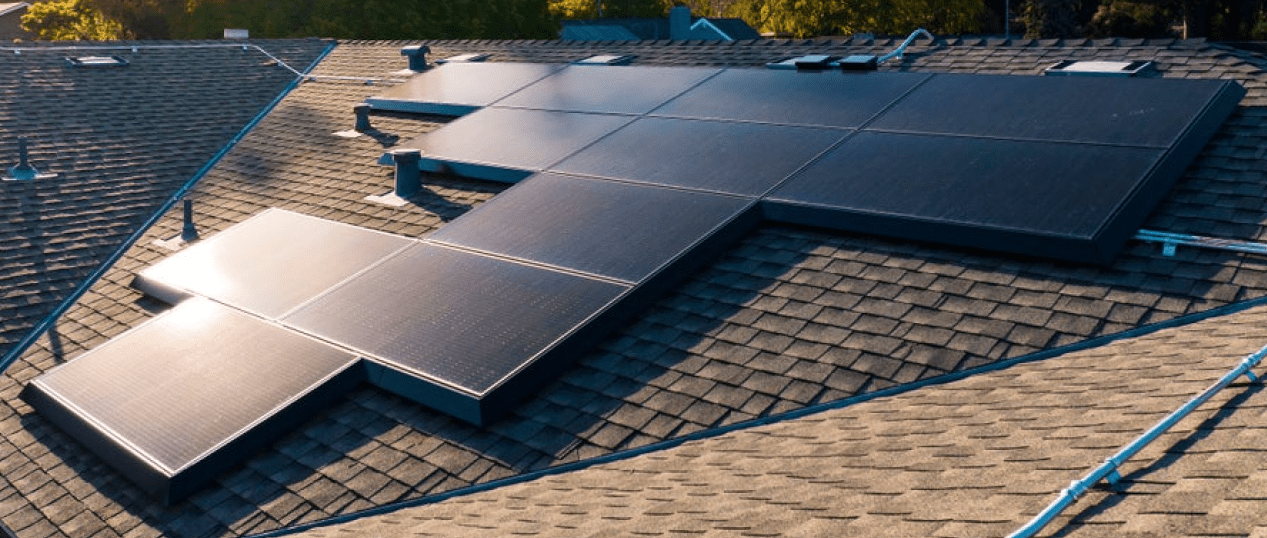
Rooftop solar panels without batteries produce energy that your home must immediately use or send to the grid. In areas that offer net energy metering (NEM), you can receive bill credits from your utility in exchange for your excess production. But utilities are fighting NEM programs, and more than a dozen states have ended these types of policies in the past decade.*
If you don’t use or export your solar energy, you lose it, as solar panels can’t store power. Therefore, if you want to use that energy later on — at night, during an outage or when electricity rates are the highest — you need to add battery storage.
Trends to Expect in 2024 and Beyond
There are various factors to consider if you’re trying to decide if solar and battery storage is right for you. Below, we’ll discuss a few trends in 2024 that may influence your decision timeline.
Learn how to protect yourself from solar scams
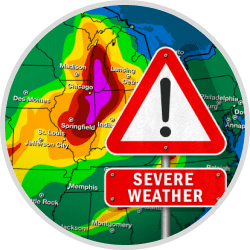
1. Severe Weather Events Are Picking Up
El Niño arrived in June of 2023, bringing record-breaking global temperatures and extreme weather events. This stronger-than-average El Niño will continue into 2024, leading to increased drought in some regions, excessive rainfall in other areas, and record warmth in the years ahead.*
As extreme weather becomes more frequent and intense, it wreaks havoc on our electric grid. From hurricanes to heat waves to wildfires, there’s no shortage of natural phenomena that can interrupt our power supply.
Installing solar with battery storage lets you use the energy your home creates at any time — regardless of what’s happening around you. Gale winds and winter storms that down power lines? Torrential downpours that flood power equipment? Safety shutoffs by your utility company? You can rest assured that you’ll still have power.*
Discover how to stay safe during severe weather and grid outages
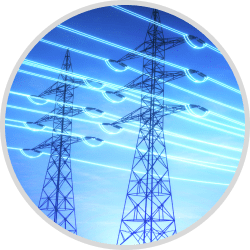
2. More Utilities are Adopting Time-Based Rates
Time-based rates are well known in California, but utility companies in other states have begun adopting them as well. From Arizona to Massachusetts, and most recently Missouri, more utilities are charging higher rates during periods when the demand for electricity is high. The goal is twofold: to make up for declining revenue and to incentivize customers to spread out their energy consumption and alleviate stress on aging grid infrastructure.
It’s possible to shift some usage without a major inconvenience, such as doing laundry and running the dishwasher at night instead of during peak evening hours. However, some consumption during certain on-peak periods can’t be avoided, like cooking dinner and running the AC once everyone gets home and temperatures are still soaring.
If your utility enforces time of use (TOU) rates, battery storage offers protection by storing the energy your panels generate during the day and dispatching it when you need it. By setting your battery to automatically power your home during peak rate windows (typically in the evenings), you can use the sun’s energy instead of drawing from the power grid.
Learn more about reducing your costs on a TOU rate structure
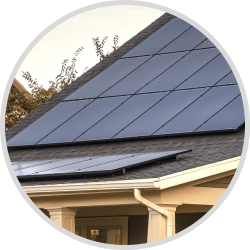
3. Renewed Enthusiasm for Solar Leases and PPAs
Over the past few years, low financing options enabled homeowners to buy their systems outright and take advantage of incentives like the investment tax credit (ITC). However, since the Federal Reserve raised interest rates in 2022, the popularity of solar loans — the financing option most sensitive to interest rate hikes — has been falling while market analysts are seeing a renewed enthusiasm for third-party ownership in the residential sector.*
While the analysts acknowledge that interest rates will fall, they don’t expect them to retreat to the lows we’ve seen in the past decade. Therefore, they expect these third-party ownership options like leases and PPAs to continue gaining market share over the next five years.
What does this mean in terms of timeline?
The Inflation Reduction Act (IRA) increased the ITC to 30% through 2032 for solar and battery storage (it will then be phased out over the following two years). The extension left some homeowners wondering if it’s better to wait until technology improves and prices fall.
Recall the caveat with the ITC: it’s only available if you buy your system outright via cash or financing with a loan.* With interest rates high and more people opting for third-party ownership options like a solar lease or power purchase agreement (PPA), these customers won’t qualify for the 30% tax credit. Therefore, if solar and storage make economic sense for you today, it won’t make less economic sense tomorrow.
Curious about the difference between a solar lease, loan and PPA?

4. Local Rebates, Incentives and Policies Change Frequently
While the ITC will remain in place for a decade, local incentives and rebates run out quickly. Some states offer tax credits and sales tax exemptions, while others provide property tax exemptions and allow you to sell renewable energy credits (RECs) on the open market.
Cash rebates are another local perk that may be offered at the state, municipal or utility level. These are highly competitive since there’s often designed funding available for customers. Once it runs out, it may be depleted for the year — or gone forever. Checking for local rebates early in the year gives you the best chance of harnessing these limited incentives to offset the upfront cost of installing your home solar and storage system.
As mentioned, net metering is the billing arrangement where your utility company credits your electric bill for any solar production you send to the grid. But utilities are fighting NEM policies with deep pockets. In places like California, these credits have declined so much that they’ve lowered the savings potential on solar panels alone. It now makes the most financial sense in the Golden State to add battery storage to your solar system to compensate for the loss in export credits. If net metering is at risk in your state, it may be possible to get grandfathered in, but you have to start your project soon.
Find out how to maximize the value of your solar system in California under NEM 3.0

5. Electricity Rates Will Only Stabilize and Increase Over Time
In 2024, the EIA anticipates residential electricity prices to average 15.8 cents per kilowatt-hour (kWh), about the same as in 2023.* But don’t be fooled by this static number, residential electricity went up more than $2 from 2021 to 2022, when it reached the 15-cent mark for the first time. Energy analysts consider this the tipping point: in states that surpass this cost per kWh, the value of solar plus storage will be illustrated by its greater savings potential.*
Therefore, even if the cost of solar and storage remains the same, it will become more cost-effective to use the sustainable solution.
Access to affordable electricity that helps advance technological progress, expand choices, mitigate climate change, and improve reliability is possible through solar plus battery storage.
“Utility rates never go down. They go up, then they stabilize, and then they go up again.”
-Pavel Molchanov, energy analyst for Raymond James
Don’t Let 2024 Be the Year of Procrastination
While it’s true that technology gets better and better each year, if you’re always waiting and watching, you’ll miss out on the benefits of acting today. By waiting to install solar with storage, you could also lose out on some of the local incentives that make it more affordable. In five or 10 years, your utility company may not offer any type of payback for the solar energy you send to the grid.
The sooner you invest in solar and battery storage, the sooner you’ll break even on your investment, protect yourself from rising electric rates and enjoy peace of mind during extreme weather.
